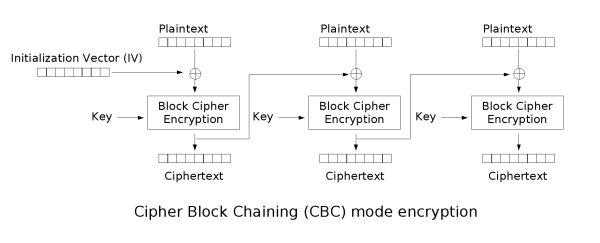Hi,
There have been many questions with regard to IV generation, encryption and sharing the IV between the sender and receiver, but I want to make an explicit post regarding the best way to send the IV from the sender to the receiver.
From all the posts that I've seen so far, I'm uncertain as to whether it is safe to send the IV in "plaintext" by prepending it to the cipher text. So the first question is, is it safe to do so?
Second, is there are safer way to share an IV between the sender and receiver when communicating by exchanging messages?
Cheers
